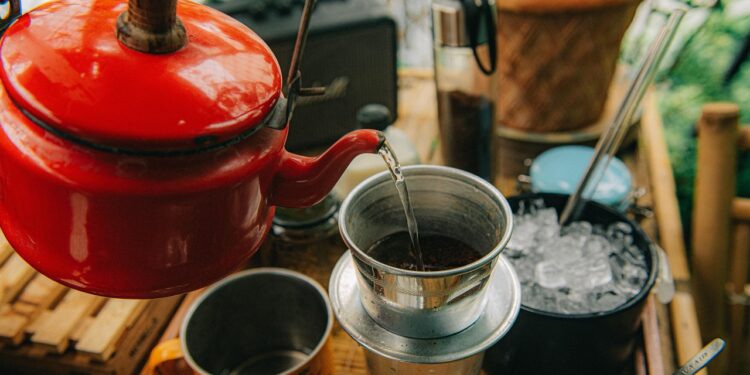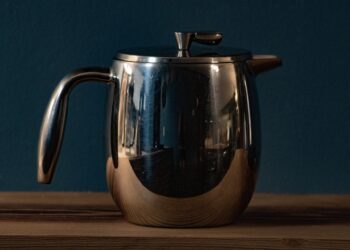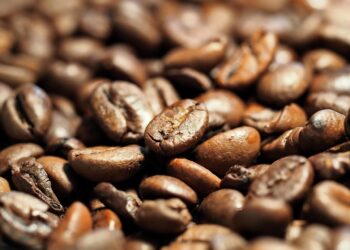Mastering the Art of Espresso: Advanced Barista Brewing Techniques
Perfecting the art of espresso is a craft that combines technical skill, precise science, and pure passion. Advanced barista brewing techniques play a crucial role in extracting the rich, powerful flavors that espresso is renowned for. Whether you are a home espresso enthusiast or a professional barista, understanding and mastering these advanced techniques can elevate your coffee brewing skills and truly impress your audience.
Understanding Espresso Extraction
Before diving into advanced techniques, it’s essential to understand what espresso extraction entails. Espresso is a concentrated form of coffee, made by forcing hot water through finely-ground coffee beans. The quality of the extraction affects the flavor, aroma, and body of the final drink. Good extraction depends on the right combination of grind size, water temperature, and pressure, which can all be fine-tuned to achieve the perfect espresso shot.
The Importance of Bean Quality and Selection
The quest for the perfect espresso begins with selecting high-quality beans. Opt for freshly roasted beans as they tend to retain more flavor and aroma. The origin, roast level, and blend of the beans can greatly influence the taste profile of your espresso, with single-origin beans offering unique and complex characters that can be fun to explore.
Grind Size and Consistency
Advanced baristas know that the grind is critical. A uniform grind ensures even extraction, while the size determines how quickly water can pass through the coffee – influencing your brew’s strength and flavors. For espresso, a fine grind is typical, but slight adjustments might be needed based on the specific coffee bean and equipment used.
Advanced Tamping Techniques
Tamping, the process of compacting the ground coffee in the portafilter, is pivotal for an even extraction. Advanced baristas often refine their tamping technique to ensure there are no air pockets and that the coffee bed is level. A consistent tamping pressure (usually around 30 pounds of pressure is recommended) can dramatically influence the shot quality.
Temperature Control
The temperature of the water used to brew espresso should be meticulously managed, typically between 195 to 205 degrees Fahrenheit. High-end espresso machines usually offer temperature calibration settings that allow for precision control, which can be adjusted based on the roast profile or type of beans used to achieve optimal extraction.
Mastering the Art of Milk Steaming
Milk-based espresso drinks rely on perfectly steamed milk. The key is to introduce just the right amount of air (stretching) to achieve the ideal texture and temperature. Advanced baristas might use techniques such as surfacing the milk to integrate the air evenly or controlling the steam wand depth to adjust the amount of foam produced.
Pouring Techniques and Latte Art
Pouring techniques not only affect the aesthetics but also the taste of espresso drinks. Advanced baristas practice controlling the flow and height of the pour to create beautiful latte art. This practice requires a perfect balance of the right milk texture and the technique of pouring, which can add a touch of elegance to any cup.
Troubleshooting Common Espresso Issues
Even the most experienced baristas face brewing challenges, but knowing how to troubleshoot can help save a shot. Issues such as channeling, where water bypasses the coffee grounds, or espresso coming out too bitter or sour, are common. Adjustments in grind size, dosage, or tamping pressure usually resolve these issues.
Exploring Advanced Brewing Methods
Beyond the basic espresso machine, several other brewing methods can excite any coffee aficionado. Techniques such as using a lever press for more manual control or experimenting with vacuum pressure espresso machines can introduce different flavor profiles and qualities to your espresso.
Continuous Learning and Experimentation
The world of espresso is dynamic, with continuous innovations in techniques, equipment, and coffee processing methods. Joining barista workshops, following industry experts, and participating in coffee forums can help keep your skills sharp and your knowledge up to date. More importantly, regular practice and experimentation will refine your techniques and deepen your understanding of what makes a truly great espresso.
Mastering advanced espresso brewing techniques is both a science and an art. By focusing on each aspect of the brewing process and continually refining your methods, you can achieve remarkable consistency and quality in your espresso shots. Remember that each cup of espresso offers an opportunity to learn and grow as a barista, so enjoy the journey and the delicious rewards it brings.
Conclusion
Whether you’re a seasoned barista or an eager coffee enthusiast at home, mastering these advanced espresso techniques can transform your coffee brewing experience. With patience, practice, and passion, the art of making the perfect espresso is within your reach. Delight in the rich flavors and aromas, and enjoy the satisfying process of creating something truly extraordinary, one cup at a time.





